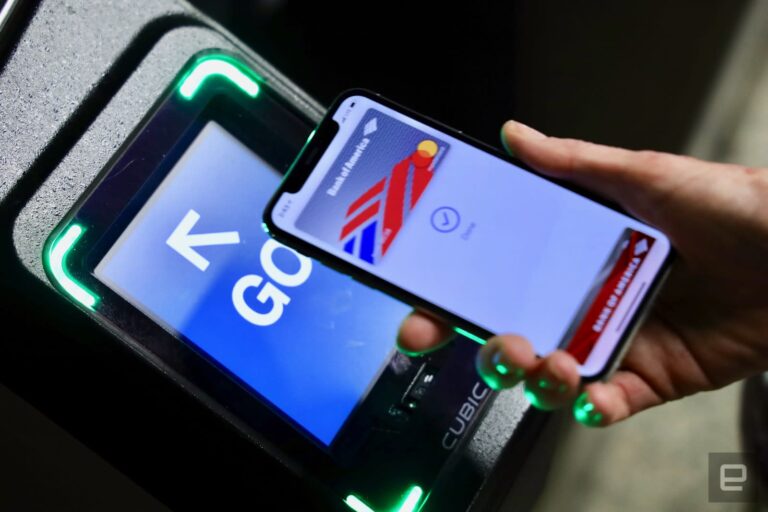In March 2023, the Reserve Bank of India (RBI) reported a staggering 17% growth in the outstanding portfolio under education loans, reaching ₹96,847 crore for the year 2022-2023. This robust increase indicates the continued popularity of education loans among aspiring students in India. However, despite the growing demand for such financial aid, misconceptions about education loans persist, leading many to make uninformed decisions. This article aims to dispel these myths, equipping readers with the knowledge they need to make educated choices when applying for an education loan.
Countering education loan-related myths:
- Financial institutions grant education loans for upskilling programs:
Education loans are not limited to traditional undergraduate and postgraduate courses. They also support vocational and skill development programs, helping students broaden their horizons and boost their careers.
- Education loans are preferable over self-financing one’s education:
Contrary to popular belief, opting for an education loan can often be more advantageous than self-financing one’s education. Students can maintain their financial stability and invest in other opportunities while pursuing their studies by securing a loan.
- The terms and conditions of an education loan vary based on the student’s academic qualifications:
Education loans come with flexible terms and conditions tailored to the individual’s academic pursuits. These terms can be negotiated to suit the specific requirements of different courses and institutions.
- Repaying an education loan affects a student’s credit score:
A healthy credit history can greatly benefit students. Timely repayment of education loans can positively impact one’s credit score, making it easier to access other financial products in the future.
- Education loans are affordable via smaller EMIs:
Many applicants believe that education loans result in hefty monthly repayments. However, with the aid of an education loan EMI (Equated Monthly Instalments) calculator, students can accurately estimate their future EMI payments, making it easier to budget and plan for repayment. Education loan calculator like these can help borrowers plan their loan and credit card repayments.
- An applicant need not necessarily have a co-borrower to apply:
While a co-borrower can enhance an applicant’s chances of loan approval, having one is not always mandatory. Some lenders offer education loans without the need for a co-borrower, provided the applicant meet their eligibility criteria.
- Borrowers can get an education loan even without pledging collateral:
Unsecured education loans, which do not demand collateral, are accessible, especially for courses with a promising career trajectory.
- Education loans bear all the expenses of a student’s education:
Education loans cover the tuition fees and various other expenses involved like accommodation-related expenses, the cost of course materials, and even a portion of the applicant’s living expenses.
- Education loan EMIs start only after the moratorium period is over:
The moratorium period, which is the grace period before an applicant begins repaying their loan, can be leveraged by the applicant to plan the repayment of their education loan.
- Borrowers can pledge tangible and intangible assets as collateral while applying for an education loan:
While traditional collateral includes tangible assets like property or fixed deposits, some lenders also accept intangible assets like fixed deposits, insurance policies, or government securities as collateral, making it more accessible for a wider range of applicants.
Myths and misconceptions can deter students from exploring options to finance their higher studies abroad. Understanding the reality behind these myths can help students make informed choices, allowing them to access higher education without undue financial stress. Education loans offer a viable pathway to a brighter future and can pave the way for academic and career success, dispelling the shadows of doubt and uncertainty.







+ There are no comments
Add yours